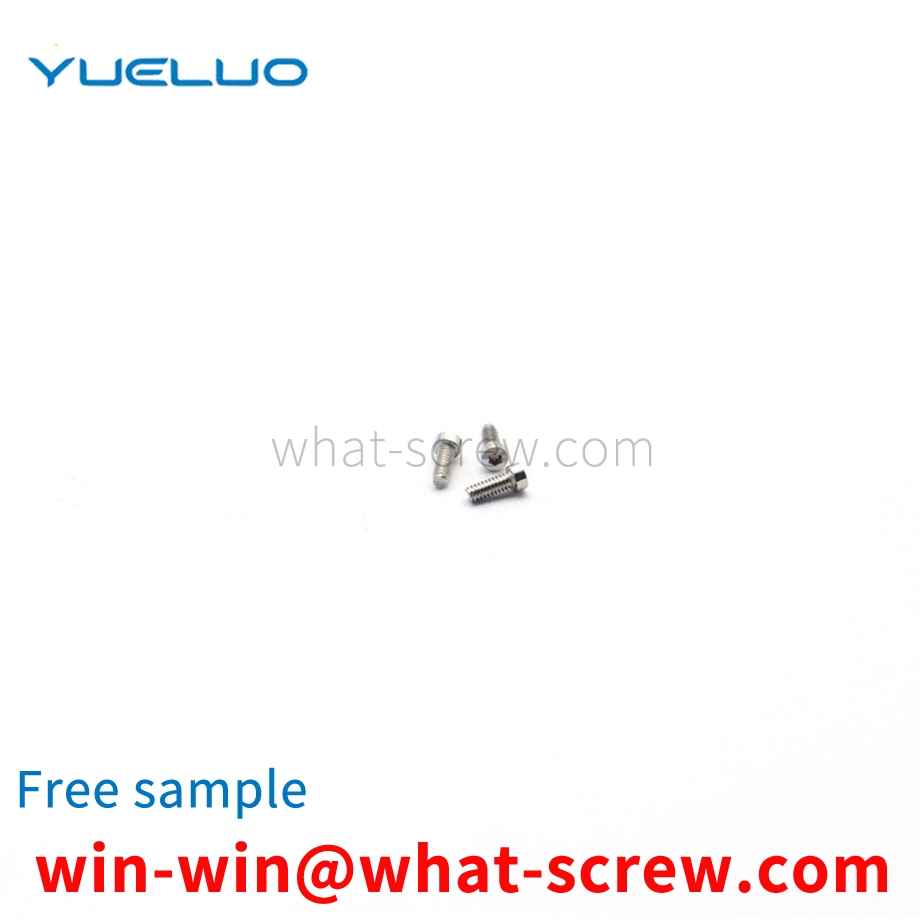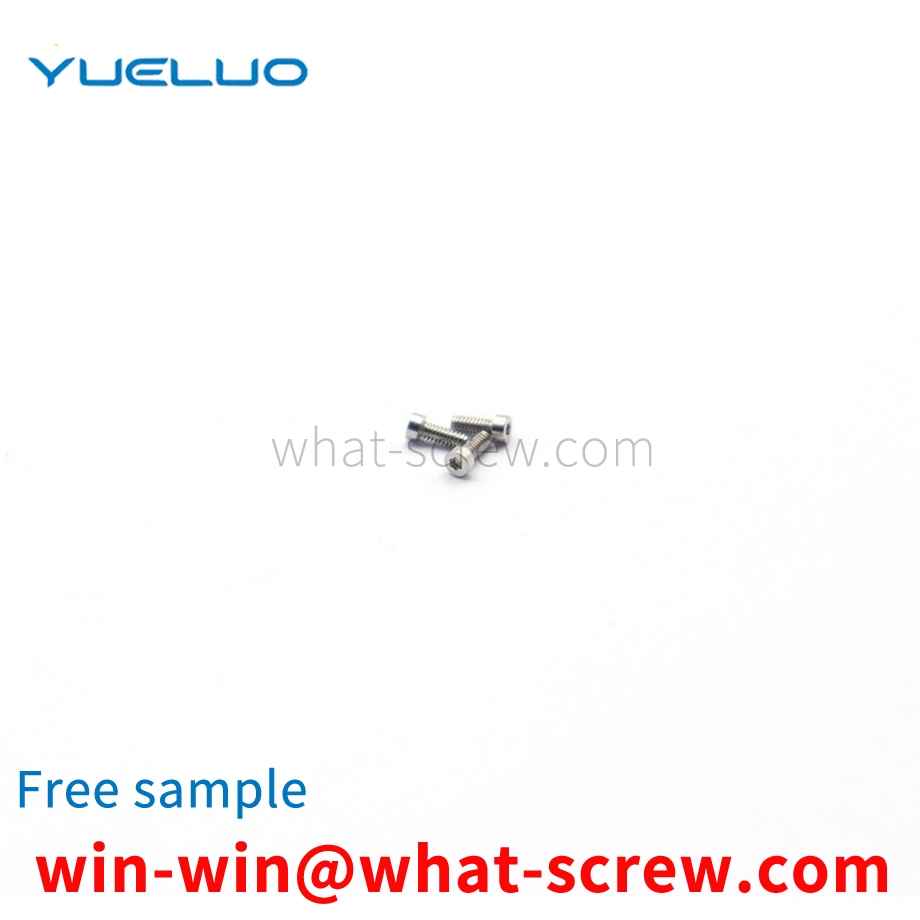Flat washers are usually thin pieces of various shapes used to reduce friction, prevent leakage, isolate, prevent loosening, or distribute pressure. Such components are found in many materials and structures to perform a variety of similar functions. Restricted by the material and process of threaded fasteners, the bearing surface of fasteners such as bolts is not large, so in order to reduce the compressive stress of the bearing surface and protect the surface of the connected parts, washers are used. In order to prevent the loosening of the connection pair, anti-loose spring washers, multi-tooth lock washers, round nut stop washers and saddle, wave and conical elastic washers are used.
At present, the known automatic nail feeding screws are composed of the traditional hand-held electric drill modified electric screw and the automatic nail feeding device, in which the screw head cannot be moved and the angle can be changed. It is difficult to complete the installation due to the obstruction, so a multi-directional screw with a movable and rotatable screw head is required.
Some heavy equipment such as large motors, large reducers, etc., in order to facilitate the installation and adjustment of equipment and the need for maintenance space, a certain position needs to be moved during equipment installation and maintenance. Usually, a steel base or platform is set under the equipment, and the base or The platform is provided with an oblong bolt installation slot, commonly known as an oblong slot, as shown in Figure 1--Figure 4. When using common hexagon head bolts or common T-bolts with the long circular groove in Figures 1 and 2, auxiliary fixing bolts or welding stoppers are required on the back of the long circular groove to prevent the bolt from rotating when the nut is tightened. In Fig. 3 and Fig. 4, the long circular groove itself has a clamping groove to prevent the rotation of the bolt, but this structure greatly increases the processing cost of the long circular groove.
304L stainless steel cold pier line, 304 stainless steel cold pier line, 310 stainless steel cold pier line, 303 stainless steel cold pier line, 302 stainless steel cold pier line, 301 stainless steel cold pier line, 202 stainless steel cold pier line, 201 stainless steel cold pier line, 410 stainless steel Cold pier line, 420 stainless steel cold pier line, 430 stainless steel cold pier line, 316L stainless steel cold pier line: 316 stainless steel contains molybdenum and low carbon content, and its resistance to pitting corrosion in marine and chemical industry environments is much better than 304 Stainless steel! (316L low carbon, 316N nitrogen high strength and high strength, 316F stainless steel with high sulfur content, easy to cut stainless steel [1]. 304L stainless steel cold pier wire: as a low carbon 304 steel, in general, the corrosion resistance is the same as 304. Similar, but after welding or after stress relief, its resistance to grain boundary corrosion is excellent, and it can maintain good corrosion resistance without heat treatment. 304 stainless steel cold pier wire: has good corrosion resistance, heat resistance High temperature resistance, low temperature strength and mechanical properties, good thermal processability such as stamping and bending, no heat treatment hardening phenomenon. Uses: tableware, cabinets, boilers, auto parts, medical appliances, building materials, food industry (use temperature -196°C-700° C) 310 stainless steel cold pier wire: The main features are: high temperature resistance, generally used in boilers, automobile exhaust pipes. Other properties are average. 303 stainless steel cold pier wire: By adding a small amount of sulfur and phosphorus, it is easier to cut than 304, Other properties are similar to 304. 302 stainless steel cold pier wire: 302 stainless steel bar is widely used in auto parts, aviation, aerospace hardware tools, chemical industry. The details are as follows: handicrafts, bearings, slippery, medical equipment, electrical appliances, etc. Features: 302 stainless steel The ball is austenitic steel, which is close to 304, but the hardness of 302 is higher, HRC≤28, and has good rust and corrosion resistance. 301 stainless steel cold pier wire: good ductility, used for forming products. Machining makes it harden quickly. Good weldability. Wear resistance and fatigue strength are better than 304 stainless steel. 202 stainless steel cold pier wire: belongs to chromium-nickel-manganese austenitic stainless steel, and its performance is better than 201 stainless steel cold pier wire Shenzhen Global Stainless Steel Cold Pier Wire 201 Stainless Steel Cold Pier Wire: It belongs to chromium-nickel-manganese austenitic stainless steel, with low magnetic properties. 410 stainless steel cold pier wire: belongs to martensitic (high-strength chromium steel), with good wear resistance and corrosion resistance Poor performance. 420 stainless steel cold pier wire: cutting tool grade martensitic steel, similar to Brinell high chromium steel, the earliest stainless steel. It is also used for surgical knives and can be made very bright. 430 stainless steel cold pier wire: Ferritic stainless steel, decorative, e.g. for car accessories. Good formability, but poor temperature and corrosion resistance
rivet is a nail-shaped object used to join two parts or components with a through hole and a cap on one end. In riveting, the riveted parts are connected by their own deformation or interference. There are many types of rivets, and they are informal. In today's product production, the slot holes on the same mounting surface often have different mounting slot depths. If a mechanical tool is used for quick screwing and installation, it will directly bring destructive effects to the brittle products, resulting in When the product is cracked and damaged, when connecting plastic shells, lightweight boards, insulating materials, circuit boards, or any other thin and light materials, the requirements for the installation process are also relatively high. The gripping force and bonding force of rivets are weaker than those of rivets that are screwed and installed by machinery. The bonding strength of rivets used in manual operations needs to be enhanced. The rivet structure needs to be improved and enhanced when installing thin, light-weight materials.
We have many years of experience in the production and sales of screws, nuts, flat washers, etc. The main products are: concave head screw, 12.9 tooth 1.5 screw, flat end hexagon socket head screw machine meter screw, high-strength Dacromet screw and other products, we can provide You have the right fastener solution for you.



















 Service Hotline
Service Hotline




